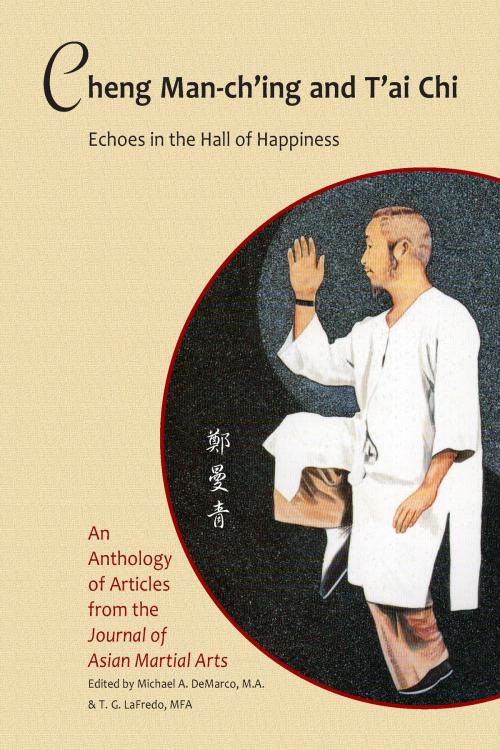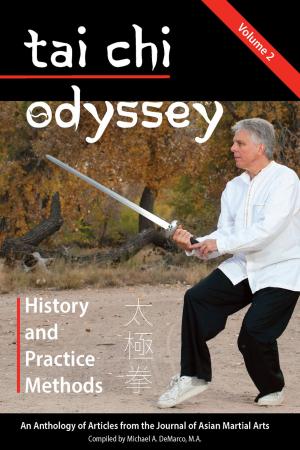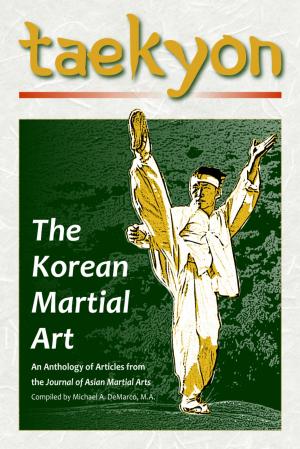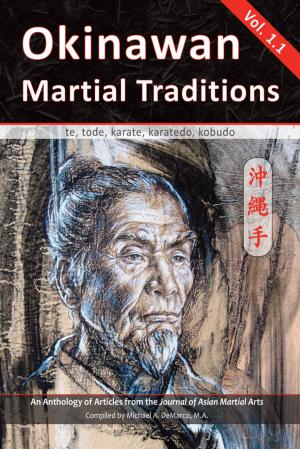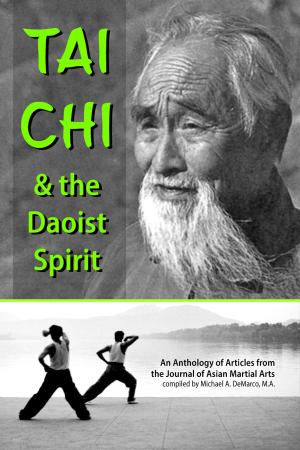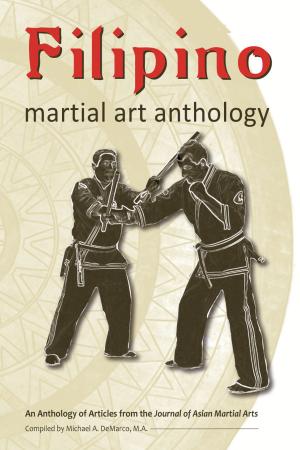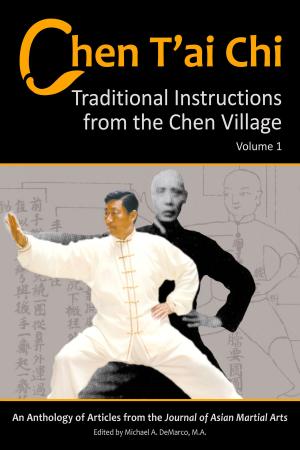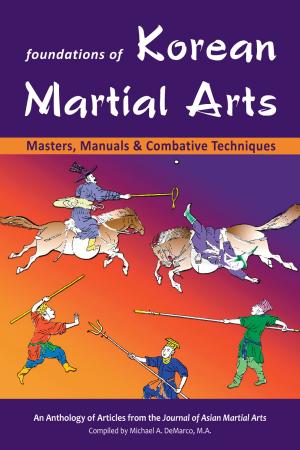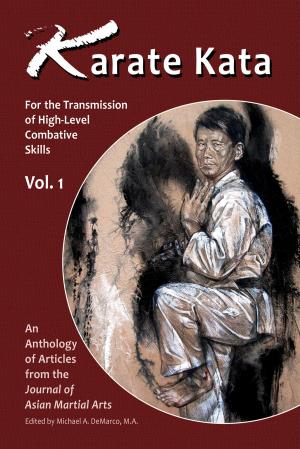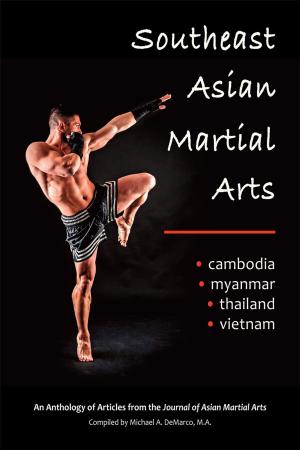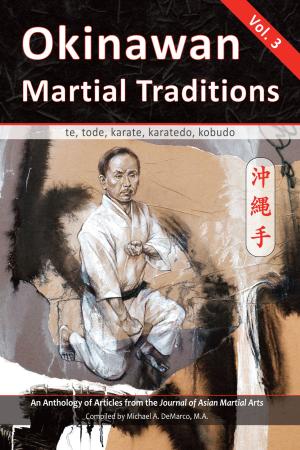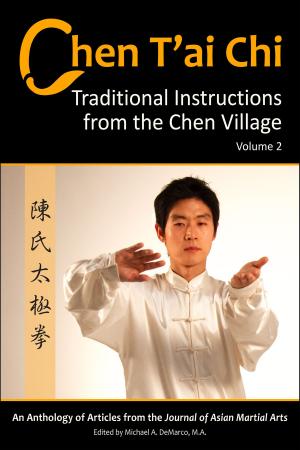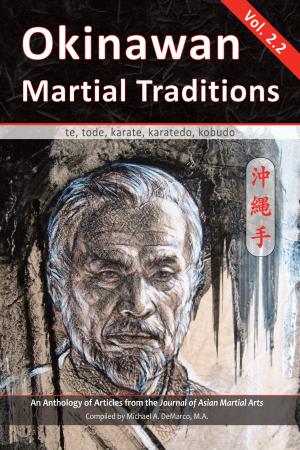Cheng Man-ch'ing and T'ai Chi
Echoes in the Hall of Happiness
Nonfiction, Sports, Martial Arts & Self Defence, Biography & Memoir, Artists, Architects & Photographers, Art & Architecture| Author: | Michael DeMarco, Compiler, T. G. LaFredo, Editor | ISBN: | 1230000271334 |
| Publisher: | Via Media Publishing | Publication: | September 30, 2014 |
| Imprint: | Language: | English |
| Author: | Michael DeMarco, Compiler, T. G. LaFredo, Editor |
| ISBN: | 1230000271334 |
| Publisher: | Via Media Publishing |
| Publication: | September 30, 2014 |
| Imprint: | |
| Language: | English |
Cheng Man-ch’ing (1902–1975)—also romanized as Zheng Manqing— certainly played a lead role in popularizing tai chi ch'uan throughout the world and greatly influencing the way the art is perceived and practiced. This fact alone should drive all those interested in tai chi to study the man’s history and thought.
There is a huge body of writings and video representations of Cheng’s tai chi theory and practice. Unfortunately, much of the available content actually obscures Cheng’s message. The result is that Cheng and his role in tai chi evolution are often not fully understood and faulty conclusions are made. A further result is that many feel either enlightened with what they believe to be true, or they become even more perplexed in who Cheng was as a human and what his tai chi truly embodied.
The chapters in this anthology contain rare information about Professor Cheng not available elsewhere, except in their originally published formats in the Journal of Asian Martial Arts. Most of the articles in the journal were written in an academic style, limiting their acceptance from the general public, which is typically interested in the more accessible popular writing styles. Of course the content here deals not only with the complexities of tai chi theory and practice, but does so in a thick weave of historical and cultural threads.
We are republishing the journal articles in book format so all with a sincere interest in tai chi history, theory, and practice can benefit from the content, particularly those interested in the Cheng Man-ch’ing tradition. Each author is uniquely qualified for producing some of the highest-quality writings in this specialized area.
Cheng Man-ch’ing (1902–1975)—also romanized as Zheng Manqing— certainly played a lead role in popularizing tai chi ch'uan throughout the world and greatly influencing the way the art is perceived and practiced. This fact alone should drive all those interested in tai chi to study the man’s history and thought.
There is a huge body of writings and video representations of Cheng’s tai chi theory and practice. Unfortunately, much of the available content actually obscures Cheng’s message. The result is that Cheng and his role in tai chi evolution are often not fully understood and faulty conclusions are made. A further result is that many feel either enlightened with what they believe to be true, or they become even more perplexed in who Cheng was as a human and what his tai chi truly embodied.
The chapters in this anthology contain rare information about Professor Cheng not available elsewhere, except in their originally published formats in the Journal of Asian Martial Arts. Most of the articles in the journal were written in an academic style, limiting their acceptance from the general public, which is typically interested in the more accessible popular writing styles. Of course the content here deals not only with the complexities of tai chi theory and practice, but does so in a thick weave of historical and cultural threads.
We are republishing the journal articles in book format so all with a sincere interest in tai chi history, theory, and practice can benefit from the content, particularly those interested in the Cheng Man-ch’ing tradition. Each author is uniquely qualified for producing some of the highest-quality writings in this specialized area.
